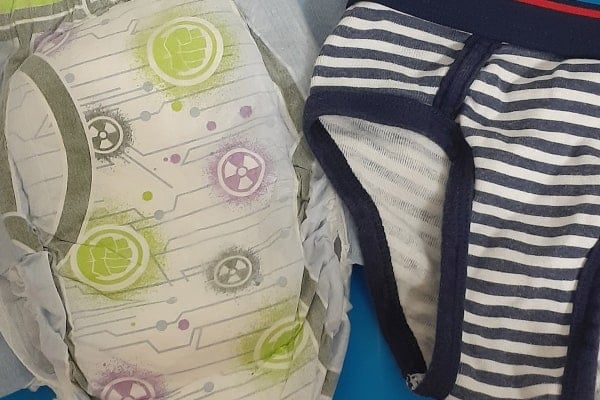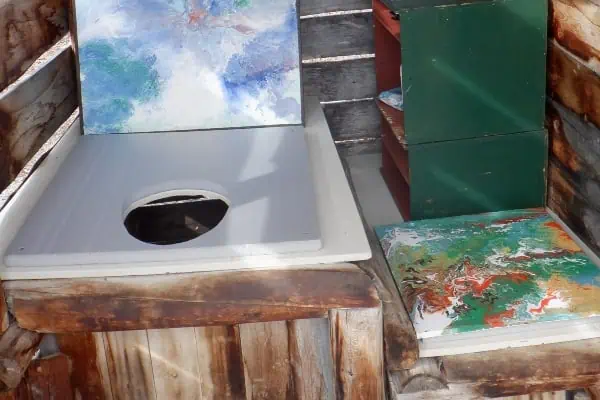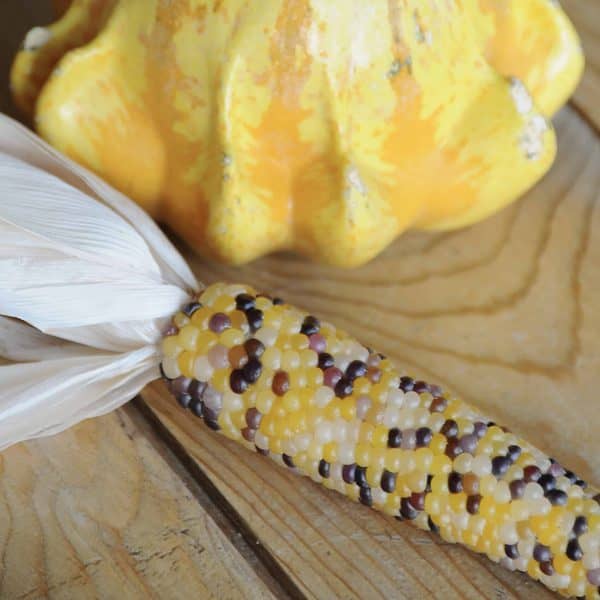

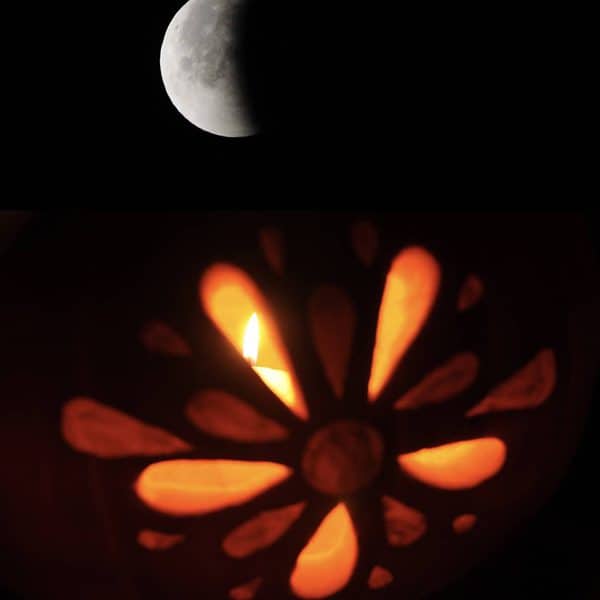
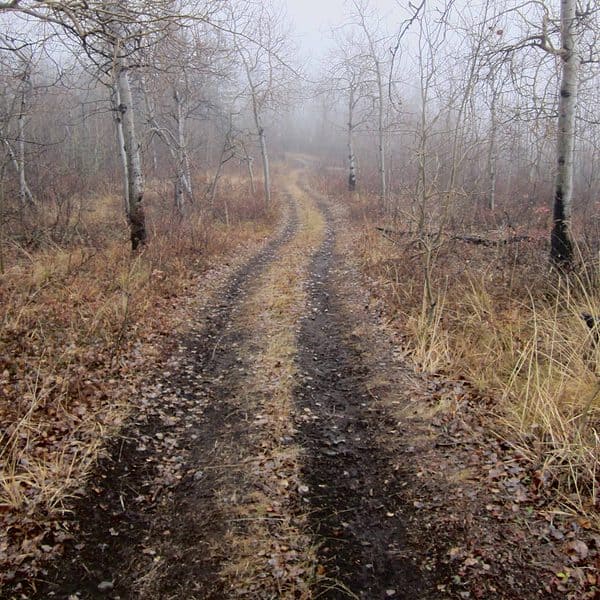
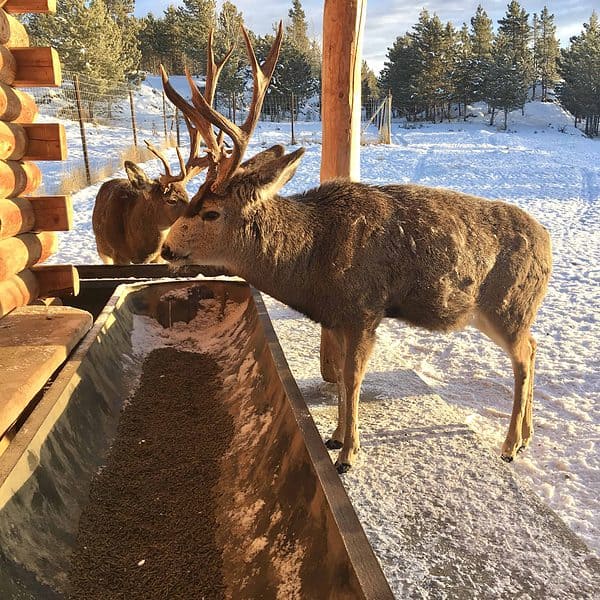
In a few days, little feet will be racing over crunchy leaves (or crunchy snow), from house to house, fuelled by vast quantities of sugar. Walkways will be lined with pumpkins and plastic decorations, and the sound of ringing doorbells will fill the homes of Yukoners. Halloween, although loved and enjoyed by many, has very much become a capitalistic holiday filled with unsustainable consumption. Decorations get put up, candy gets bought, costumes are chosen and a multibillion-dollar business thrives. It’s difficult to untangle the old Celtic traditions that were originally part of this in-between time of year (the midpoint between the fall equinox and the winter solstice, and a time when many believed that the veil between the physical world and spirit world was at its thinnest) from the incredible increase in commercialization and consumerism in the last 70 years or so.
Thankfully, in more-recent years, there has also been an increase in awareness and interest in sustainability and taking care of our planet and in becoming more responsible for our individual impact on this Earth. So, while one could argue that the most frightening part of Halloween is the waste and the environmental consequences of mass-produced decorations, disposable costumes and billions of plastic candy wrappers, there also exist several ways to slightly alter our Halloween traditions so that the holiday can become a bit more eco-friendly, a bit healthier and a bit more sustainable.
Halloween costumes, for example, don’t have to be bought new each year and then thrown away after only one night. Try to find things in your closet that you no longer use, or shop at a local thrift store for things that you can repurpose and make into something new and fun. If you have the time and ability, make your own original costumes. They’ll be one of a kind and can later be handed down to siblings or friends. A popular trend, lately, has been to host costume swaps, with friends and family, where you can exchange costumes. It’s a great way to cut down on waste and to save money at the same time.
Likewise, decorations don’t always have to be expensive and made from plastic. This year, consider incorporating more-natural items into your decorations: gathered leaves and branches, pumpkins and gourds, and even DIY decorations made from cardboard and things you have around the house (like old bedsheets).
Pumpkins, the quintessential representations of Halloween, don’t have to be wasted after their transformation into Jack-o’-lanterns. When you’re carving your pumpkins, save the seeds to later roast (there are many simple and easy recipes online), and any carved-out pumpkin flesh can be used to make soups, pies or muffins. When the holiday is over, be sure to compost your pumpkins and other organic materials instead of throwing them in the garbage; that way they’ll be able to decompose properly and, eventually, you’ll be able to use the compost to improve the soil in your garden. Avoid single-use plastic and try to recycle what you can. If you do buy decorations, consider spending a bit more on higher-quality ones that you will be able to reuse next year.
The final and, for many, the most important element of Halloween is the candy. It’s been sitting on supermarket shelves, all October long, waiting to be bought and handed out to eager trick-or-treaters. Here is probably where there’ll be the most resistance to making changes, because traditional Halloween candy, while absolutely not healthy or environmentally friendly, is undeniably delicious and loaded with addictive sugar. However, if you do decide you’d like to make an effort this year, in this regard, start by seeking out and buying locally made candies and treats (for example, Klondike Kettle Corn) and supporting local businesses instead of multinational corporations. Some other alternative treat options are organic fruit leathers, juice boxes, natural chewing gum, organic granola bars and gummy bears, fruit snacks and honey sticks/straws. Try to buy from companies that have sustainable practices and that don’t use GMOs. If you’re in the grocery store and you can’t find anything besides regular candy, choose those things that have a bit less packaging or that use cardboard packaging (like Milk Duds and Junior Mints). Or you can get away from candy, altogether, and instead hand out things like temporary tattoos, hair bows/clips, cool erasers, mini notepads or stickers (try to give items that kids will be able to use more than just once).
If you’d like to explore some alternatives to the regular Halloween festivities and parties, one possibility is visiting the Yukon Wildlife Preserve on Sunday, October 30, for this year’s event: Trick or Treat: Animals Celebrate Halloween Too! Spend some time outdoors, get some exercise and support the work they do in rehabilitating injured and orphaned Yukon wildlife.
If you prefer to not hand out candy on October 31, make some hot apple cider, cook some homemade seasonal food, turn off the lights and watch your favourite movies. End the night with a moonlit walk and gather up any lingering plastic wrappers or garbage you come across on the street.
In many different parts of the world, the end of October and the beginning of November is also a time to remember and honour one’s loved ones that have passed away. People go to cemeteries to tend to their relatives’ graves and to light candles. In other cultures, offerings are left, and altars with pictures and objects related to the deceased are lovingly put together. In some places, it’s a time of sombre reflection; and in others, it’s a time to celebrate and play music and tell stories. However one chooses to keep alive the memory of one’s ancestors and loved ones, I can think of no better way to pay tribute to them than to take a few simple steps to move away from the current mainstream consumerism, to reduce wasteful consumption and to take better care of this one precious life and this one precious Earth that we’ve been gifted.

